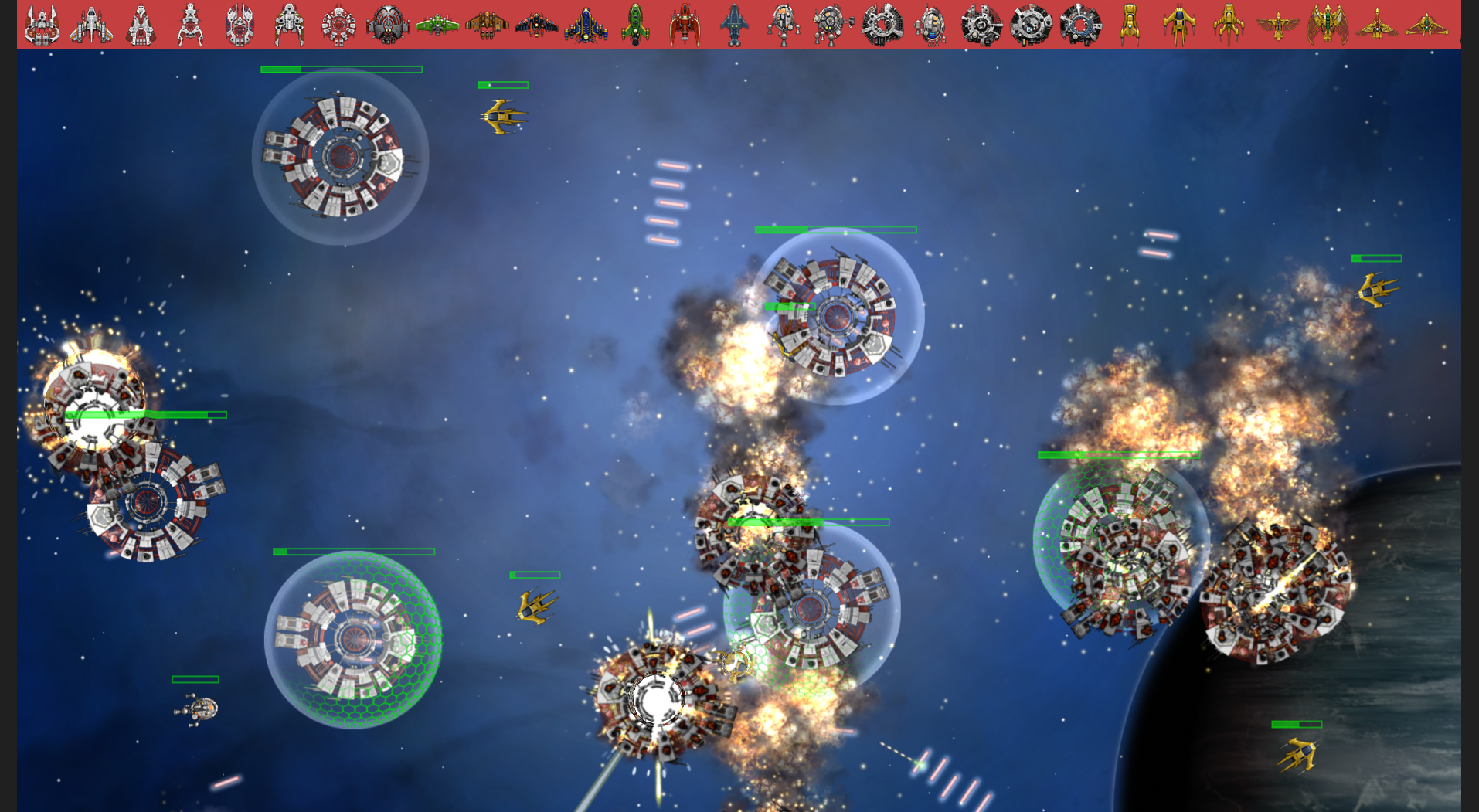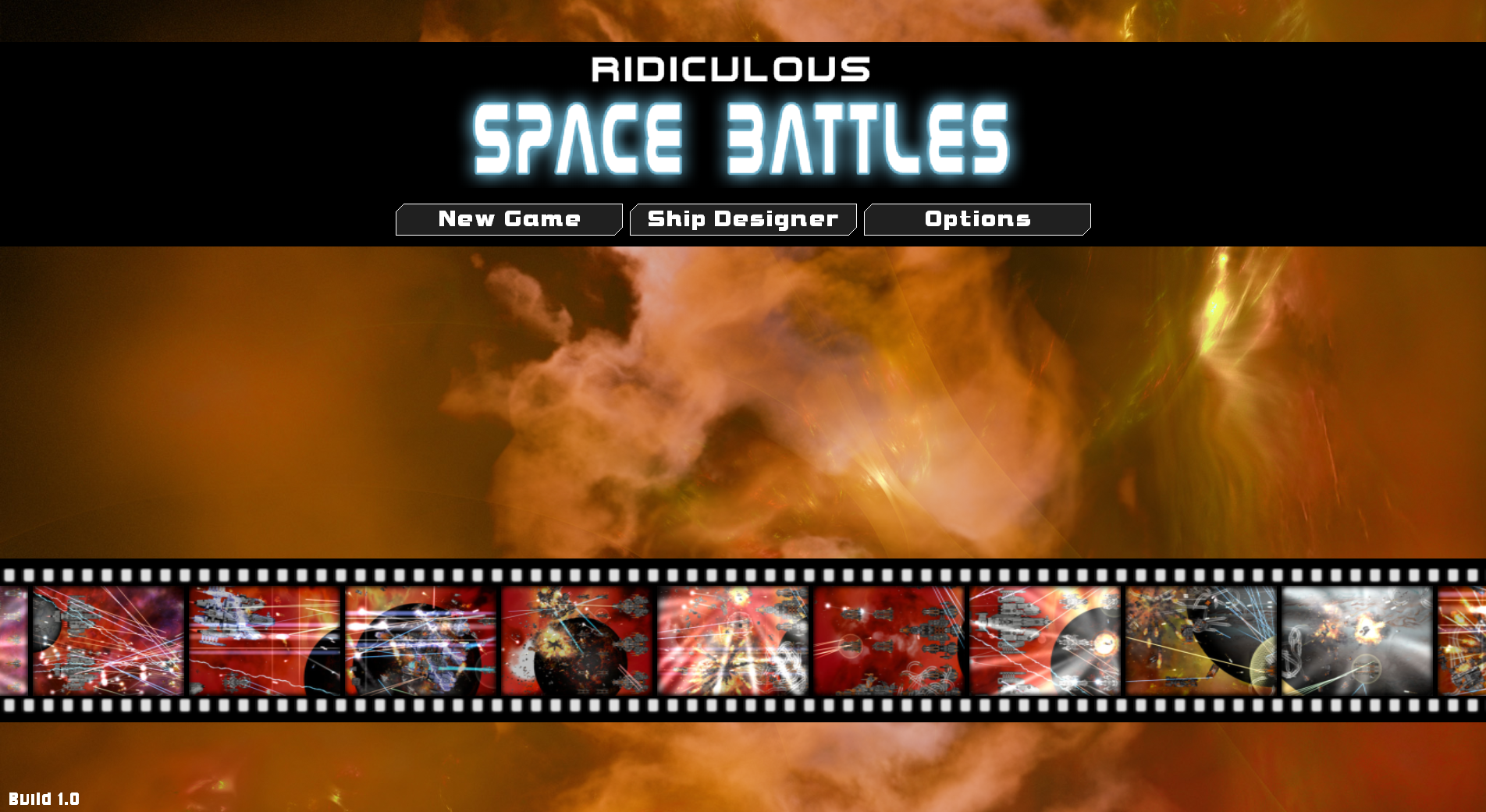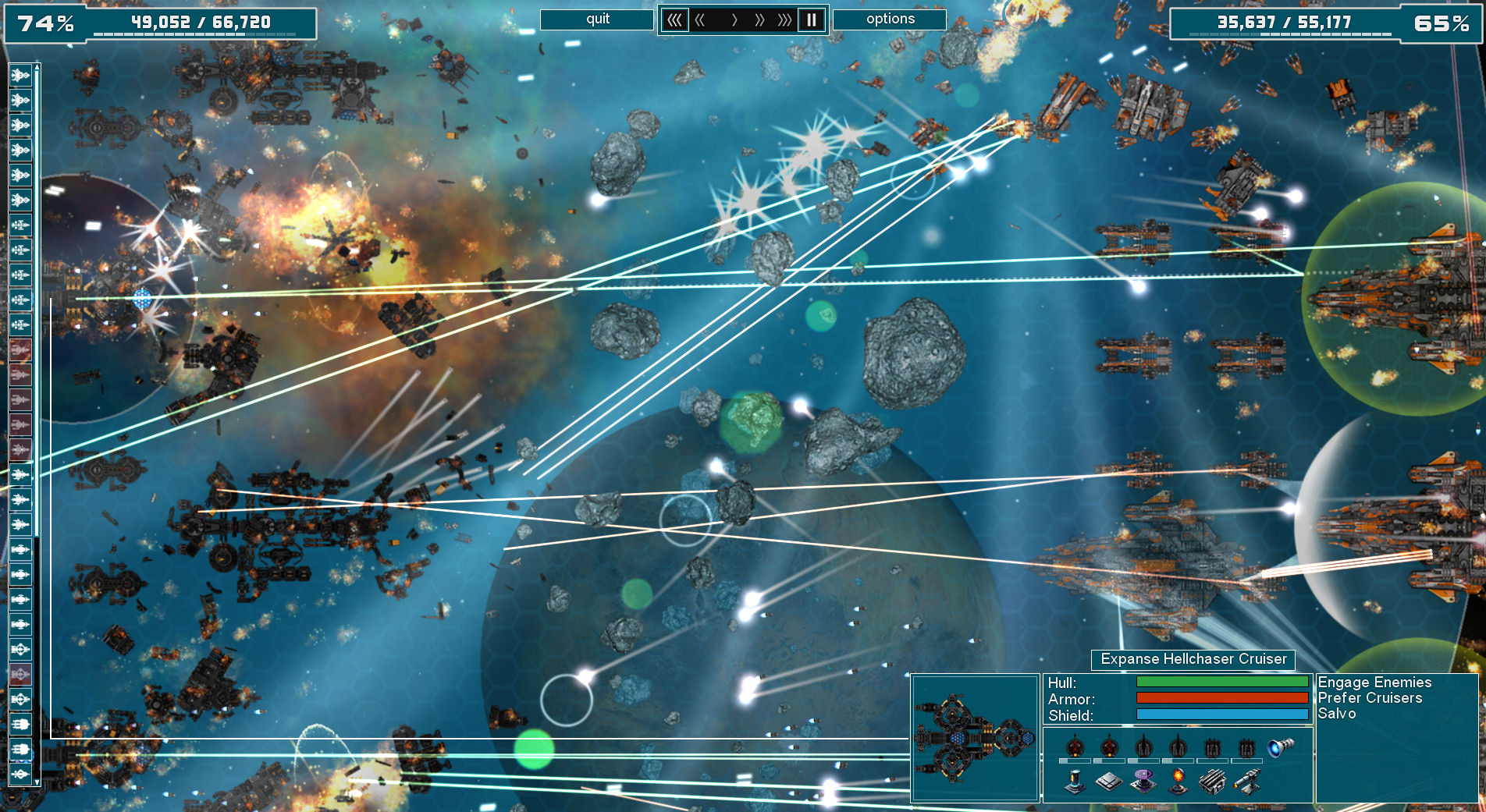Its 15 years since Gratuitous Space Battles came out, and when I announced a few days ago that I was making this game, I said I’d been working on it for 18 months. How come? Why not announce sooner? and why am I making it, and why now?
After I made the last expansion pack for Democracy 4, I took quite a bit of time off, because I had the mad idea to build a solar farm. This literally took years longer than it was supposed to, and swallowed up a ton of time, and effort, and caused me an insane amount of stress. Even though the farm has been generating for 6 months, its STILL causing me stress and still not properly finished. To put it mildly, during this time I did not have the energy to actively and publicly be working on a new video game.
Any indie game dev will tell you that it is a super stressful job, and a very very hard way to make money. I can say with experience now that solar farm development is 10x as stressful, so that took its toll and meant there was absolutely no way I would also announce a new game. I simply could not cope with having to deal with people asking me about the game, or asking when it would be done, or telling me it was a bad idea and that I was doing it wrong. I had multiple bouts of screaming and tears over the farm. No way was I going to add more pressure or work on top.
 You do not know stress until you have personally financed and managed a project like this. Gamedev is easy.
You do not know stress until you have personally financed and managed a project like this. Gamedev is easy.
So as a sort of ‘hobby project’, I decided ‘for fun’ to make a little space shooter game using the assets from Gratuitous Space Battles and its DLC. This was a fun project to work on. I coded it all completely from scratch, with a new engine, because I actually find writing engine code (2D but using 3D APIs) to be genuinely relaxing. I know most people would not agree, but thats me. I got quite into this game, and eventually made it public, and put it up for sale on itch.io and on steam. I’ve since stopped using itch, as they ignore requests to pay developers for months, but you can still grab that game on steam:
Anyway, I enjoyed that enough that I ended up making a proper game rather than a little vertical scroller. The amount of change this early game went through is huge. At one point it was called ‘paint by spaceships’, where you basically had microsoft paint, but with brushes that deployed formations of spaceships. To this day, the game’s project folder is called PBS.
 A screenshot of ‘Paint By Spaceships’
A screenshot of ‘Paint By Spaceships’
That then got changed to a game called ‘convoy’ which was like GSB but entirely about protecting a convoy of freighters from enemy attack. The Visual C++ project for the game is still called CONVOY. That then morphed into a ‘re-imagining’ of GSB, called Ridiculous Space Battles. I had decided to re-code everything entirely from scratch, because I prefer to do that rather than hack and bodge together 15 year old outdated code.
At some point I decided that re-using art assets from GSB was a bit boring, so ended up buying stock 3D art packs and kit-bashing together my own new art for the ships. At this point, solar farm dev was less intense, and I was working 40+ hours a week on the new game. I even spent some actual money on the art packs and some new textures for backgrounds and planets, so suddenly this was less of a hobby and now an actual new commercial game I would release.
I am in a very very fortunate position as an indie game developer, in that I have had a run of hit games, starting ages ago with Kudos, then Democracy, then Gratuitous Space Battles, the Democracy 3 and 4 and Production Line. I also published Big Pharma, and I invested the profits pretty cannily. Thus I made enough money that retirement beckoned. Early retirement no less! what a luxury. I then decided to spend a gratuitous amount of money on a solar farm. I do not know if it will break even yet… but even so, I am in the fortunate position of not *needing* RSB to make a huge income. I do not have to stress myself half to death chasing reviewers and streamers and youtubers. I do not have to manically work 60 hour weeks on it, or beg people for wishlists and bundles and marketing opportunities.
However…
I am now super proud of what I have made. Having a ‘second go’, from scratch, at a game idea from 15 years ago, with no financial pressure is a huge opportunity. Realizing very late that I somehow invented an entire genre (autobattlers) and never really capitalised on that is very motivating. When I look back at GSB, its a very very innovative game, but it was a first-go, and suffered from a load of obvious game design mistakes. Why not right them, and try to make the game GSB should have been? Even if it makes no profit at all, but just leaves behind a game I am proud of, and a small percentage of GSB players bought and enjoyed and brought back good memories, thats definitely a good and worthy thing.
 An early design for the main menu
An early design for the main menu
As of today I have not sent a single press release or told any journalists about the game. I am building up to it. The game is actually playable, and looks lovely, and I have a never ending supply of awesome screenshots. I could do a trailer right now, but I am thinking about getting new music for it before them (it currently uses music from GSB, which is…ok, but could be more modern perhaps). I also have no real release date, and a very flexible schedule and design.
I am also really enjoying writing the code for it. I updated from Visual Studio 2013 to 2022, which actually went extremely well. I am sticking with directx9 but pushing it to its limits, and doing it in a way that will be tons more stable than when I attempted it in Gratuitous Space Battles 2, which had technical issues :(. I have way better tools to develop the game now, and 15 years more coding experience. I also am happy to stick with top down 2D graphical style. GSB2 did mock-3D lighting and I don’t think it was worth it. Sticking with simple 2D gives me other options to ramp up the crazy spectacle, and its working well.
 I’m already pleased with how the game looks, and it will only get more ridiculous
I’m already pleased with how the game looks, and it will only get more ridiculous
So yup, expect a lot of technical coding blog posts (and design ones) over the next few months.! In the meantime you can add the game to your steam wishlist now :D